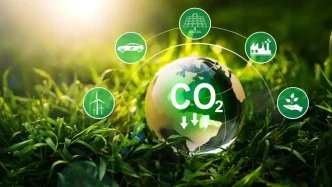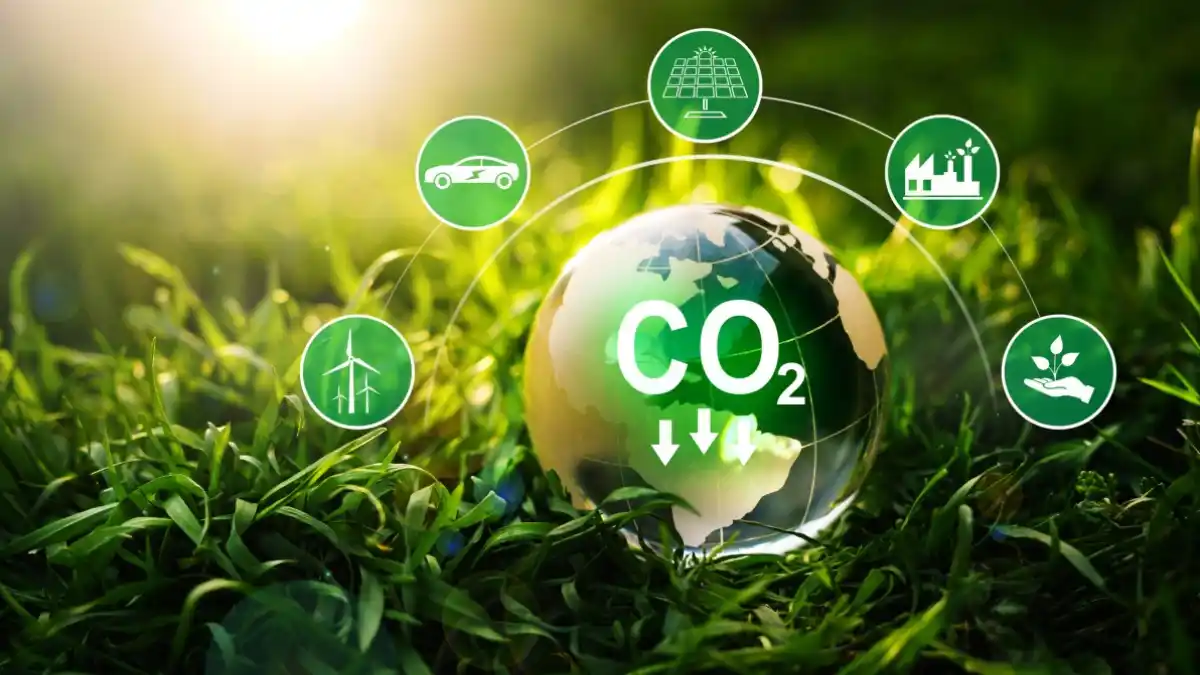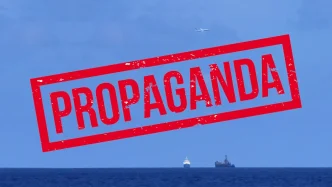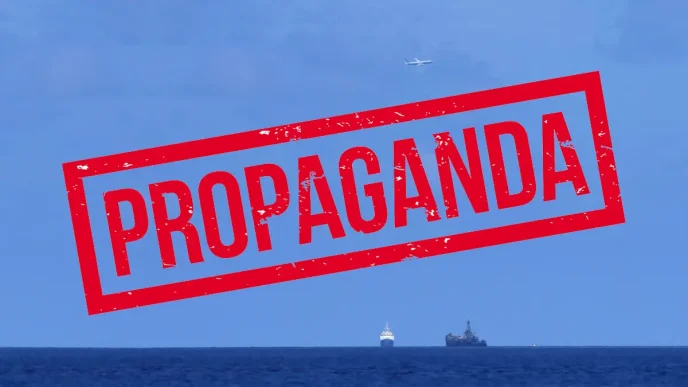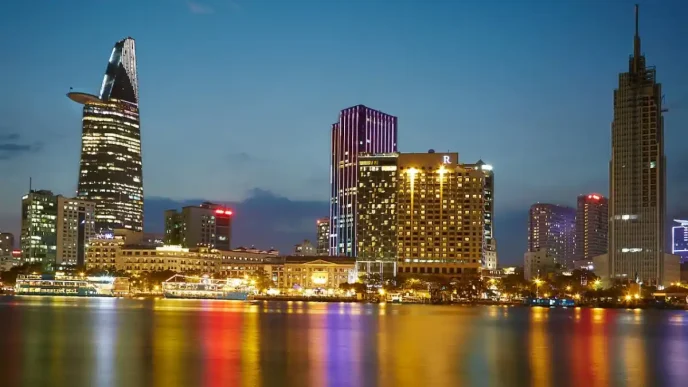Vietnam, a nation on the frontline of climate change, has embarked on an ambitious journey to achieve net-zero emissions by 2050. With rising sea levels threatening its coastal regions and extreme weather disrupting agriculture, the country has woven climate action into its development priorities. From international commitments at COP26 to robust domestic policies, Vietnam is translating pledges into tangible progress, though significant challenges loom on the horizon.
A Global Commitment to Climate Action
Vietnam’s climate journey is deeply rooted in its participation in international frameworks. Since ratifying the United Nations Framework Convention on Climate Change (UNFCCC) in 1994, the country has aligned itself with global efforts to combat environmental degradation. That same year, it joined the Vienna Convention and the Montreal Protocol, pledging to slash hydrofluorocarbon (HFC) consumption by 80% by 2045. These early steps laid the groundwork for a series of escalating commitments.
The 2016 Paris Agreement was a pivotal moment. Vietnam submitted its first Nationally Determined Contribution (NDC), outlining specific targets for reducing emissions and adapting to climate impacts. By 2021, at the COP26 summit in Glasgow, Prime Minister Pham Minh Chinh elevated the nation’s ambition, declaring a goal of net-zero emissions by mid-century. This pledge positioned climate action as a cornerstone of Vietnam’s long-term development strategy.
Beyond rhetoric, Vietnam has joined key global initiatives. It signed onto the Glasgow Declaration on Forests to combat deforestation, the Global Methane Pledge to curb a potent greenhouse gas, and the Global Adaptation Alliance to bolster resilience. In 2022, the country secured a landmark deal through the Just Energy Transition Partnership (JETP), unlocking an initial funding package of US$15.5 billion to shift from coal to clean energy sources. These international alliances reflect Vietnam’s determination to integrate into the global climate governance framework.
Domestic Policies: Building a Legal and Strategic Foundation
At home, Vietnam has moved swiftly to embed its global commitments into national policy. The 2008 National Target Program to Respond to Climate Change marked an early effort to coordinate action across sectors. More significantly, the 2020 Law on Environmental Protection became the first legislation to explicitly address greenhouse gas emissions, NDCs, and the concept of carbon neutrality. This legal framework has since been bolstered by a series of decrees and strategies targeting energy, transport, industry, agriculture, waste management, and land use.
One of the most innovative steps has been the pilot of an emissions trading system (ETS) in high-emission sectors like steel, cement, and thermal power. The government aims to eventually link this system to international carbon markets under Article 6 of the Paris Agreement, creating financial incentives for reducing emissions. Additionally, Vietnam is exploring forest carbon credit exchanges as part of its updated NDC, which targets a reduction of up to 43.5% in emissions by 2030 with international support.
Renewable energy is another area of rapid progress. By 2022, solar power accounted for 21% of the national energy capacity, up from negligible levels in 2018, while wind power contributed 5%. The government has set ambitious targets for offshore wind, aiming for 6,000 megawatts by 2030 and 17,500 megawatts by 2035. Forestry initiatives are also gaining traction, with plans to plant 20,000 hectares of mangroves by 2025 to sequester carbon and protect coastal ecosystems.
Financial Mechanisms and Green Investments
Funding the transition to net zero is a colossal task, with Vietnam estimating a need for US$368 billion by 2040 to achieve a just energy transition. International partnerships like JETP provide a critical lifeline, but domestic financial institutions are also stepping up. For instance, the Bank for Investment and Development of Vietnam (BIDV) has secured a €50 million credit line from the French Development Agency (AFD) to finance green projects. Such initiatives signal a growing alignment between the financial sector and climate goals.
However, mobilizing resources at the required scale remains a daunting challenge. The funds needed to decarbonize industries, upgrade energy infrastructure, and support displaced workers in coal-dependent regions far exceed current commitments. Vietnam’s ability to attract sustained investment—both public and private—will be crucial to maintaining momentum.
Challenges on the Road to Net Zero
Despite its progress, Vietnam faces significant hurdles. Its energy grid, long reliant on coal, requires substantial upgrades to accommodate the intermittent nature of renewable sources like solar and wind. Technological capacity is another bottleneck; while foreign partnerships bring expertise and innovation, building domestic know-how is essential for long-term sustainability.
Public engagement also poses a challenge. While urban centers may embrace green initiatives, rural communities—often the most vulnerable to climate impacts—may lack awareness or resources to adapt. Ensuring an inclusive transition, where no one is left behind, will test the government’s outreach and policy implementation.
Moreover, the economic implications of moving away from fossil fuels are profound. Coal has been a cornerstone of Vietnam’s industrial growth, and phasing it out risks short-term economic disruption. Balancing climate ambitions with the need for energy security and job creation is a delicate act, one that requires careful planning and international support.
Regional Context and Comparative Analysis
Vietnam’s climate efforts stand out in the Southeast Asian context, where many nations grapple with similar challenges of development and environmental protection. Compared to neighbors like Indonesia, which also relies heavily on coal, Vietnam has moved faster to diversify its energy mix. Its renewable energy growth outpaces much of the region, though it lags behind wealthier nations like Singapore in per-capita investment in green technology.
The JETP agreement, while a significant achievement, is not unique to Vietnam. South Africa and Indonesia have secured similar partnerships, each tailored to local needs. Vietnam’s challenge lies in implementing this funding effectively, ensuring transparency and measurable outcomes. Learning from the experiences of other nations—both successes and setbacks—could help refine its approach.
A Path Forward Amid Uncertainty
Vietnam’s net-zero journey is a testament to its political will and strategic vision. From early international commitments to comprehensive domestic reforms, the country has laid a strong foundation for tackling climate change. Its renewable energy boom and innovative policies like the emissions trading system signal a forward-thinking approach, while partnerships like JETP provide critical resources.
Yet, the road ahead is fraught with complexity. Mobilizing hundreds of billions in funding, modernizing infrastructure, and fostering public buy-in are no small feats. As Vietnam advances toward its 2050 target, the interplay between global cooperation and local action will determine its success. Can it sustain this momentum while navigating economic and social trade-offs? The answer remains uncertain, but the stakes—for Vietnam and the planet—could not be higher.
